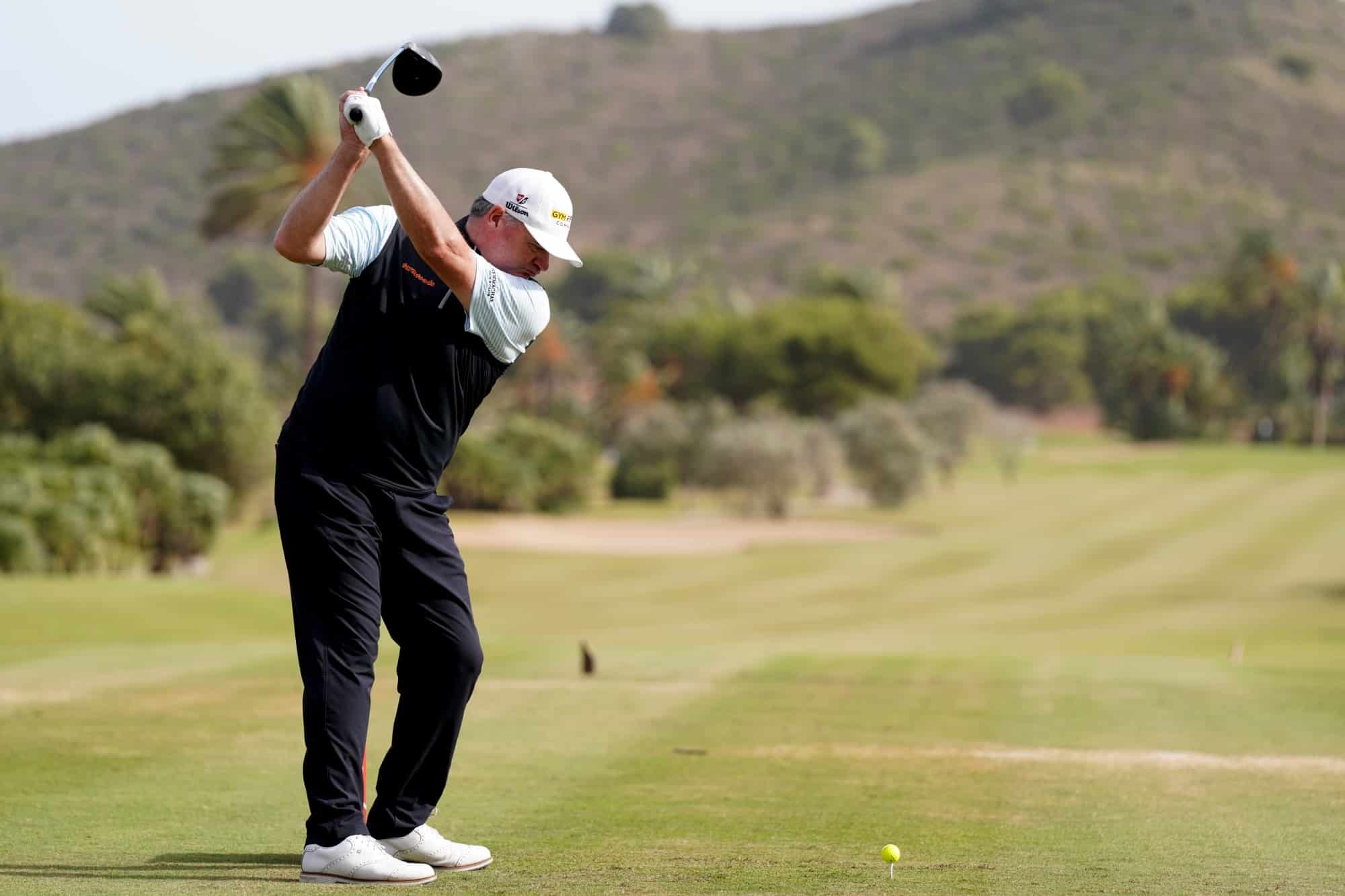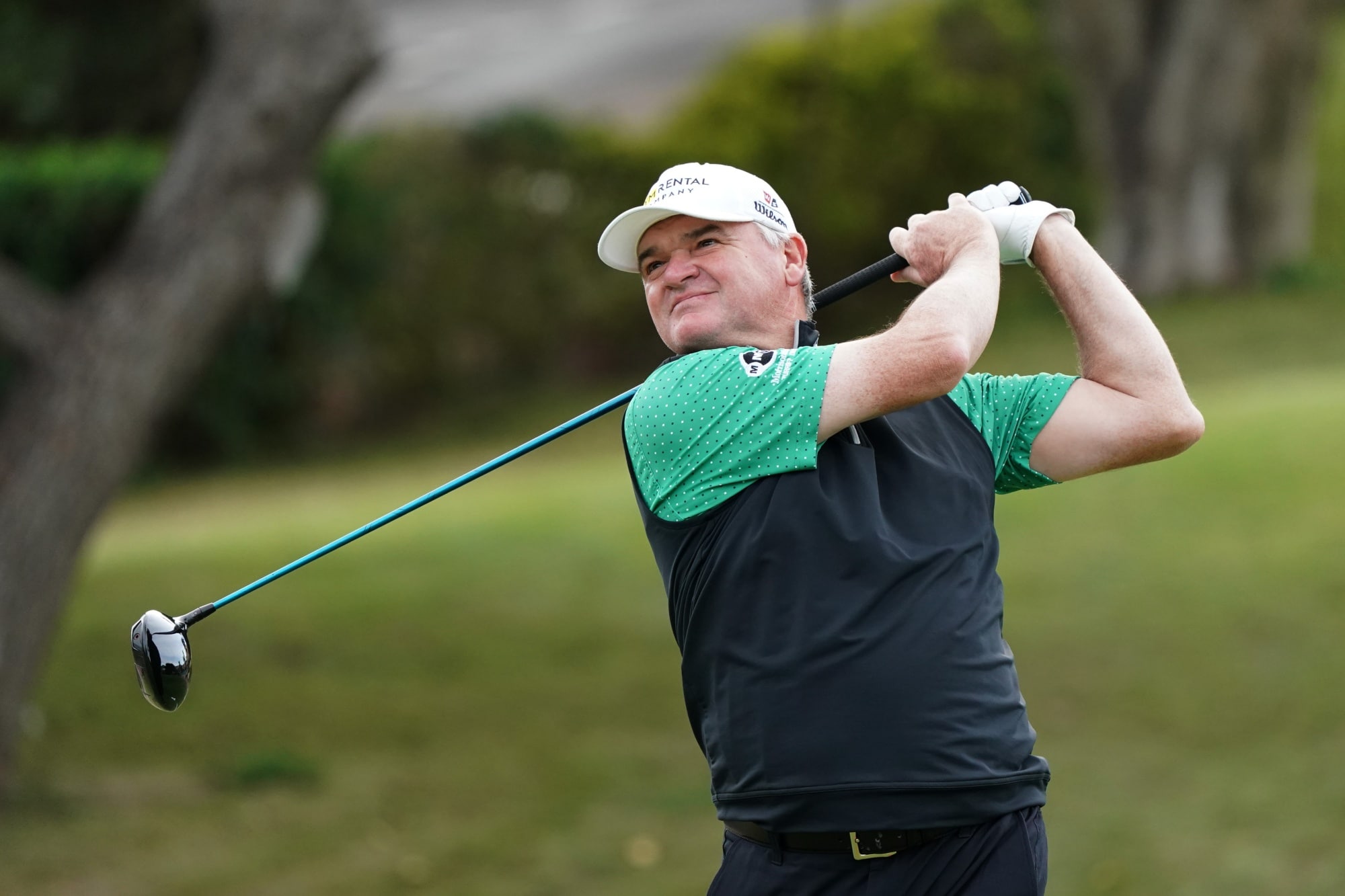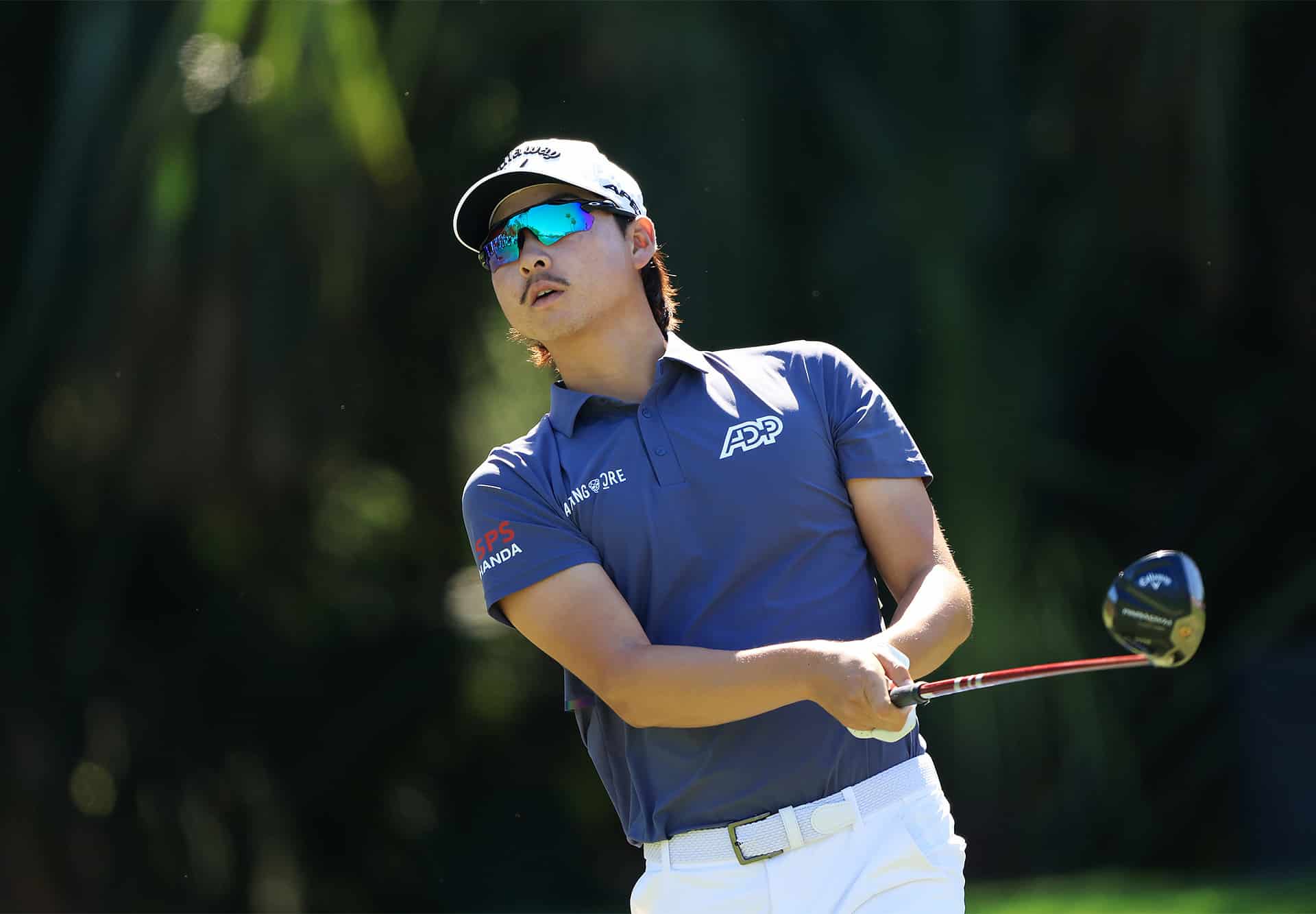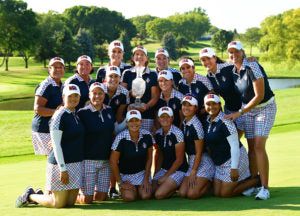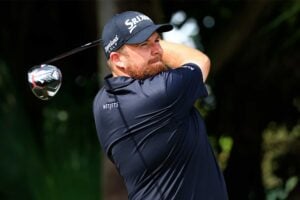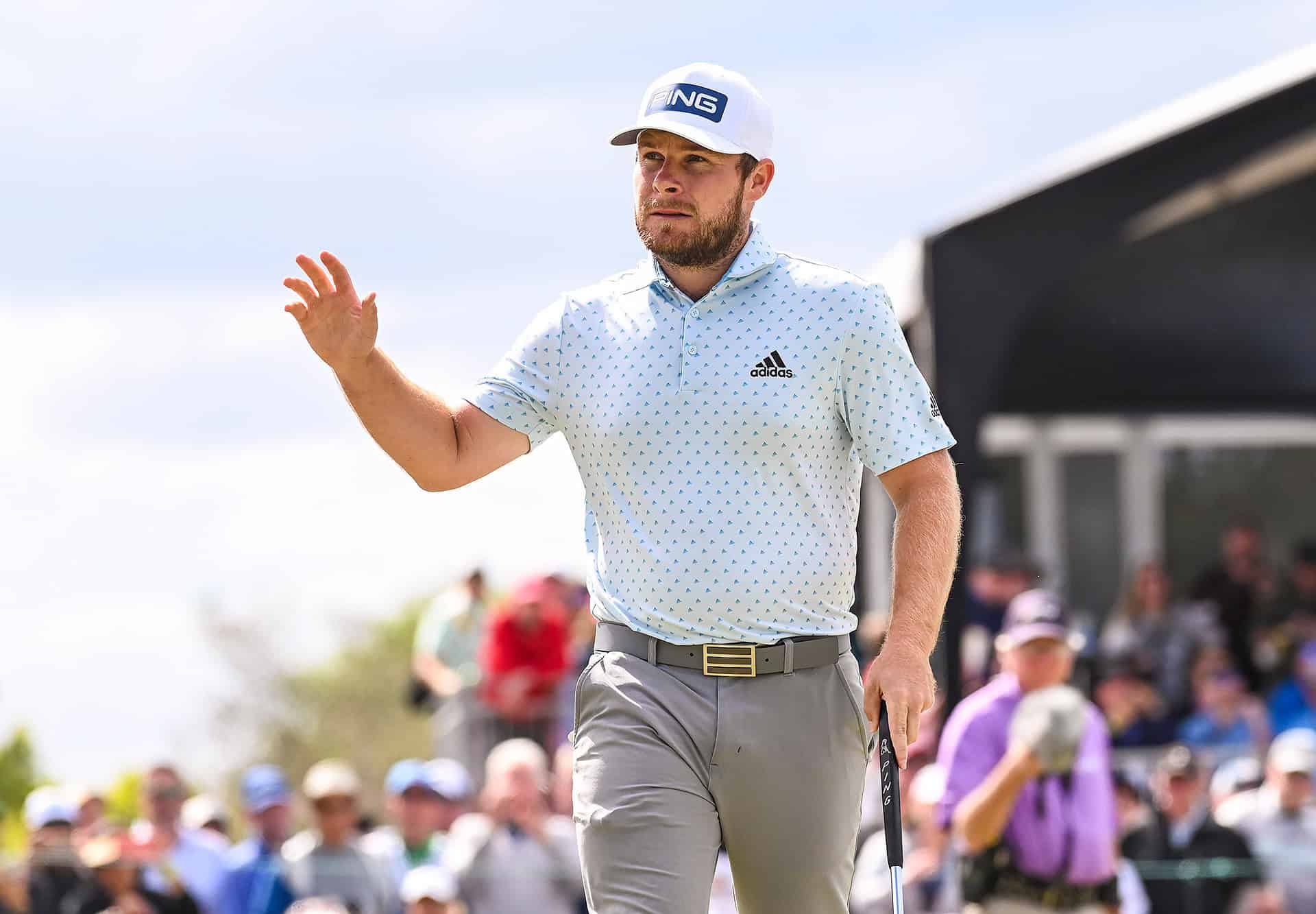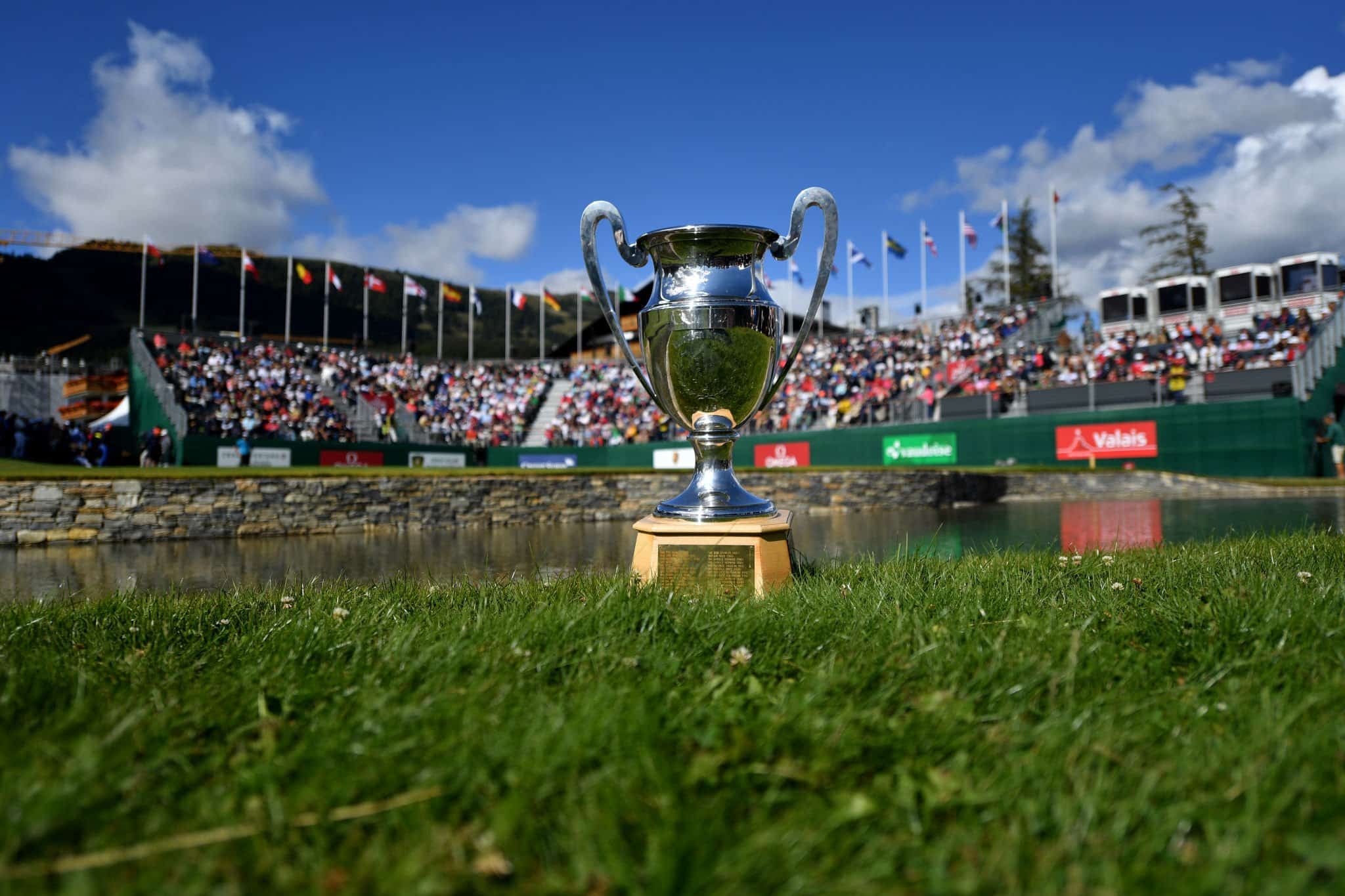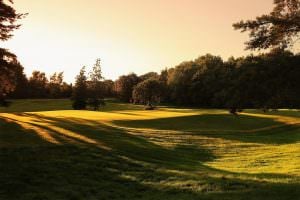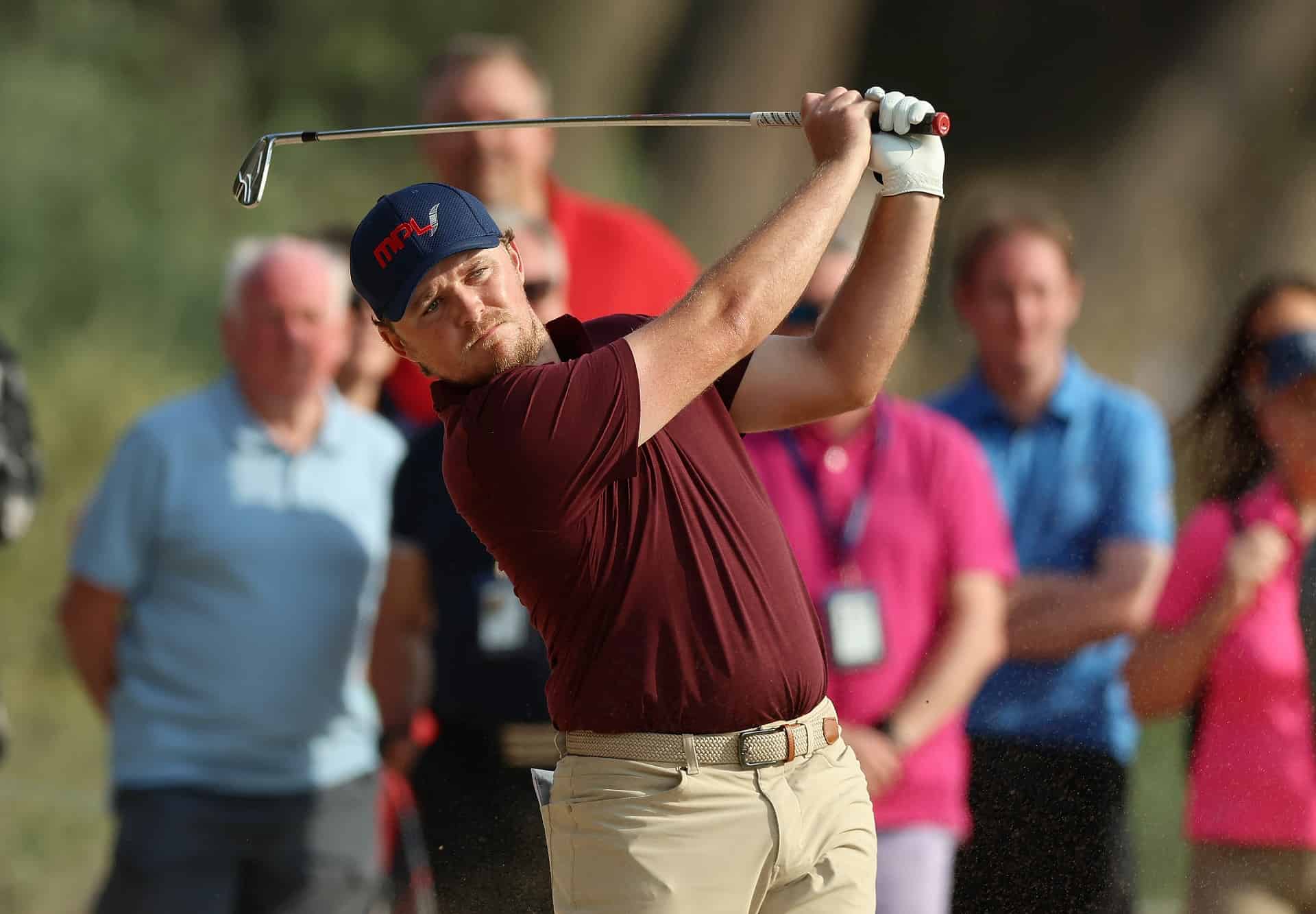Latest reviews
THE repercussions of Tiger Woods’ fall from grace are manifold but one of the most profound, in golfing terms at least, is how open the Majors have suddenly become.
It was the misfortune of men such as Colin Montgomerie, David Duval, Retief Goosen, Ernie Els, Vijay Singh and Phil Mickelson that their best years coincided with an era when Woods was averaging half of the Majors available each season.
Now, in his dominating absence, the landscape has changed. Suddenly, you can make a compelling case for any of 30 players to challenge.
Beyond Woods’s decline, there are other reasons for this shift, with one particularly salient.
It is the strength of the European challenge, both in terms of numbers and quality.
With up to six places in the world’s top 10 filled by our players at various times this season, we could be witnessing the beginning of a new golden era to rival that of the 1980s and 90s.
The difference is, while the likes of Ballesteros, Lyle, Faldo, Woosnam et al won against the odds, by the time the field is finalised for this year’s Masters, almost a third of the field, up to 30 men, will be Europeans.
And a goodly number of them will arrive in expectation rather than hope; driving down Magnolia Lane with intent rather than in wonderment. The sheer size of this contingent also reflects an event that has become much more international. In 2001, 15 Europeans teed it up at Augusta. Twenty years ago, when Ian Woosnam was champion, he was one of only eight. And in 1981, we were represented by just Seve and Sandy.
This time, no one man will bear the weight of expectation though, as the World No 1, Lee Westwood will be fancied by many to become the first Englishman to win here since Nick Faldo in 1996.
For all his admirable improvements, however, Westwood’s short game and putting are still not in the same league as Mickelson’s and Woods’ at their best. This much became clear on Sunday last year.
Paired with Mickelson Westwood’s normally ultra-reliable driving went wonky – not the only time this has happened at the crucial stage of a Major, note.
Mickelson was also errant but while the left-hander is able to recover from practically any greenside situation at Augusta, where a good lie is all but guaranteed, Westwood more often than not dropped a shot. In perhaps any other Major you’d currently back Westwood to finish above Mickelson, but not here.
As Bruce Critchley observed recently, Westwood tends to be one-paced, steady rather than spectacular. If anywhere suits mercurial play it is Augusta, where improbable runs of birdies and eagles often prove decisive.
Consequently, Westwood surely has a better chance of winning any of the other Majors.
If not Westwood then maybe Ian Poulter, who does chip and putt well, the man alongside him in an all-English final group for the third round last year. He will be confident, it goes without saying, and justifiably so, of lasting the distance this time around.
Westwood tends to be one-paced, steady rather than spectacular. If anywhere suits mercurial play it is Augusta. Then there is Paul Casey, so often a frustratingly transient presence on Major leaderboards, but now an established fixture in the world top 10. He played with Louis Oosthuizen in the final group in the Open last summer. Conversely to Westwood, his game is made for Augusta and he really ought to contend if he arrives in any sort of form.
Sometimes, too much can be made of current form, certainly if last year is any guide. Els was the one to watch heading into the tournament after winning twice in Florida but never threatened, while Mickelson’s form had been mediocre. Still, at least he had been seen on a golf course, which was more than could be said of the man who would finish fourth, Woods himself.
In what was his first event since his world fell apart in November, and with a game a million miles away from its best, that he should contend deep into Sunday was a truly remarkable feat.
If the former World No 1 can be competitive while roofing tee shots and missing tiny putts – and that was just in the last round – then his chances must be respected 12 months on, with his game gradually improving, if still much less consistent than we are accustomed to. It is now six years since Woods last won at Augusta, beating Chris DiMarco in a play-off, so you might think he is overdue a fifth Green Jacket.
In fact, Mickelson is the Masters form man, having won in three of the past seven years. Even more impressively, only once since 1998 has he finished outside the top 10, so you can expect the 40-year-old to be at or near his best.
With Woods also a fixture on those famous green-and-white leaderboards, it is clear that these two men have dominated the Masters for the past 15 years.
Yet if events during the majority of last season are anything to go by, that could all be about to change. Each of the US Open, Open and PGA were claimed by first-time Major winners and if that trend is to be continued at Augusta, it will be the first time since ‘03 all four are held by new arrivals at the Majors Club.
Those who fancy one of them to double their Major tally next month, though, would be advised to consult their Augusta records. In eight combined appearances, they have made just one cut.
Graeme McDowell finished 17th in 2009, with a missed cut on either side. But that is far more impressive than either Louis Oosthuizen (missed cuts in each of the last two years) and Martin Kaymer (still to make the weekend after three attempts).
Last year, the best they could manage between them was a 73, while the German has one sub-par round to his name in six attempts. While he is far too good a player not to improve on that dismal record, it may be asking too much for him to win consecutive Majors.
As for McDowell, it is a sign of how far he has come in the past 12 months that this will be only his fourth Augusta appearance, yet he will arrive as one of the favourites.
Apart from the quality of the European challenge, there is also a posse of young talent who will fancy their chances. Leading them will be Rory McIlroy, but do not forget that Anthony Kim finished the fastest last year, a 65 propelling him to third place.
Kim was one of seven Americans making up the top 11 last year, a fact that should not be ignored amid the – justified – talking up of European chances.
That said, should the host nation to three of the four Majors not provide the champion at Augusta, it would be the first time since 1994 that they have not held any of the Big Four.
Back then, the reigning Major champions were a Spaniard (Olazabal), a young South African (Els) and a Zimbabwean (Nick Price). The Americans then claimed 12 of the next 16. They could do something similar again: apart from Woods and Mickelson, with the likes of Kim, Dustin Johnson, Nick Watney, Rickie Fowler, Jim Furyk, Steve Stricker and Hunter Mahan to fall back on, talk of the demise of American golf has been greatly exaggerated.
Whoever the champion is to be, we can expect him to play the par 5s aggressively and with success. In the past two years the roars have returned to Augusta as the players have been enticed into attacking the 13th and 15th in two.
Last year, the four par 5s were the easiest holes, yielding birdies and regular eagles. Apart from the dawning realisation to the Men of the Masters that sub-par scoring is to be encouraged, not extinguished at source, for maximum thrills and a volatile Sunday leaderboard the weather conditions are vital.
While the perception of Augusta National is of a place where the skies are blue and the sun shines, the reality is that cold and wet conditions have taken the edge off a fair few Masters tournaments over the years.
Warm, bright conditions, then, complete our checklist for a truly memorable Masters – along with Woods and Mickelson to contend and a European champion to emerge on Sunday and accept the Green Jacket from the latter. ◆
The real key holes
ALMOST half of all the birdies made last year came at the four par 5s, which also yielded 29 eagles.
The average score was a shade over 73 and the toughest section was the 4th and 5th. Measuring 240 and 455 yards respectively, they ranked fourth and first most difficult. Only 17 birdies were made at 5 all week.
The two nines at Augusta are very evenly balanced in terms of difficulty, but when it comes to disasters, the most dangerous hole is the shortest, the 155-yard 12th. In 2010 there were five scores of six or worse.
The story of 2010
TWO veterans were prominent on the first day last year as former champions Fred Couples – in his distinctive spike-less Ecco footwear – and Tom Watson set the pace.
Lee Westwood and Ian Poulter set the halfway pace, and went out in the last group in the third round.
A double bogey at the 12th proved costly to Poulter but Westwood started Sunday with a one-stroke lead over Phil Mickelson who picked up five shots in three holes.
KJ Choi and Tiger Woods threatened down the stretch but a sublime back nine of 32 helped Mickelson to a blemish-free 67 and a three-shot win over Westwood.
Anthony Kim was alone in third after a closing 65, followed by Choi and Woods, whose last round included two eagles (at 7 and 15) as well as four birdies and five bogeys.
Tom Irwin

Tom is a lifetime golfer, now over 30 years playing the game. 2023 marks 10 years in golf publishing and he is still holding down a + handicap at Alwoodley in Leeds. He has played over 600 golf courses, and has been a member of at least four including his first love Louth, in Lincolnshire. Tom likes unbranded clothing, natural fibres, and pencil bags. Seacroft in Lincolnshire is where it starts and ends.


